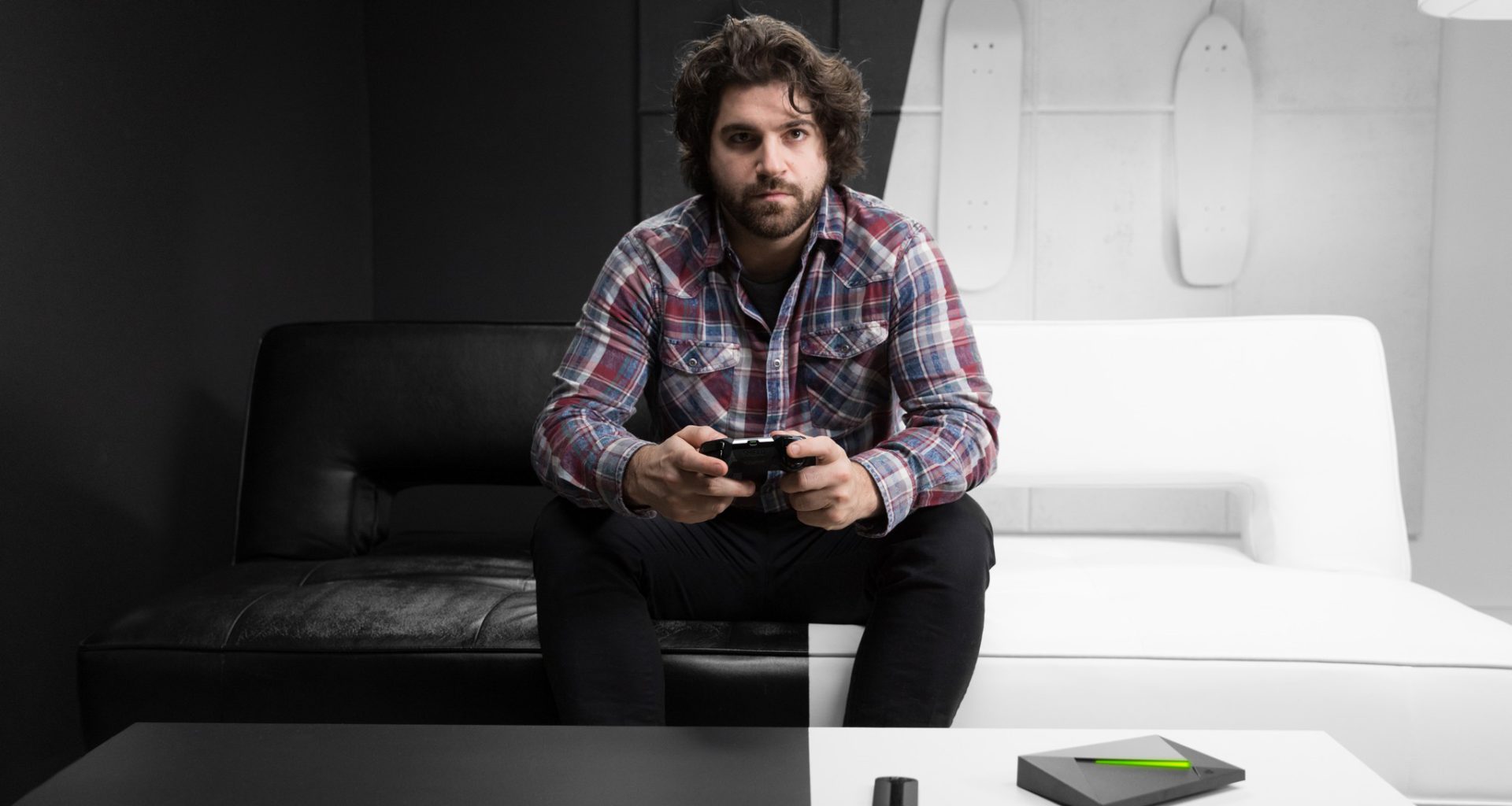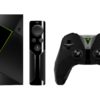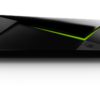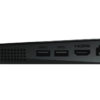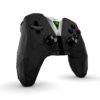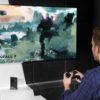One box to rule them all
NVIDIA’s Shield TV is one of those products, that as an Australian, has been a long time coming. Half streaming box, half game console, the Android TV powered unit has been wildly successful across North America and Asia for years. Now, finally, we’re seeing the latest version of the Shield released into the Australian market for the first time.
Powered by the same family of SoC as the Nintendo Switch, the Shield is no slouch. At its core is NVIDIA’s Tegra X1 SoC, boasting all the power of a 256 core GPU with 3GB of RAM. There’s also 16GB of internal storage, some of which is already used by the operating system but is easily expandable courtesy of the two USB 3.0 ports on its rear. Also hiding back there is an ethernet port, HDMI and a proprietary power connector that connects to a simple adaptor instead of a giant power brick, which I was very impressed by given the size of the unit.
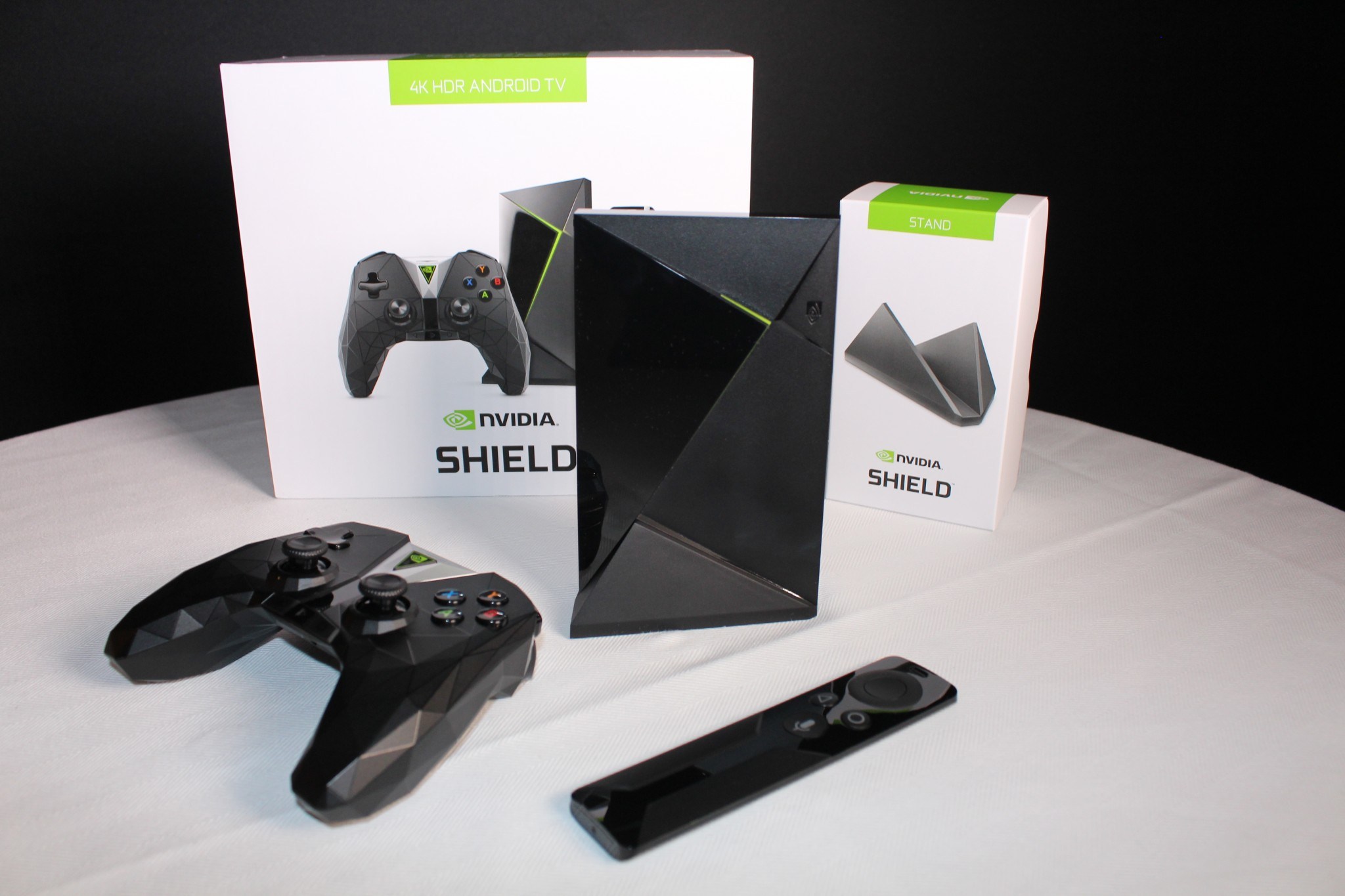
Bundled with the Shield is a Bluetooth remote, which in comparison to the Shield itself is almost as tall as but still easy to hold and use. At its top is a large circular button which is really just a disguised directional pad with a round button at its centre that acts as your “select”. Below that are Android’s customary “back” and “home” buttons and then a large microphone button to activate Google’s voice assistant. The remote’s hidden feature is a touch sensitive core that when brushed either up or down controls the Shield’s or, if appropriately linked via HDMI CEC, TV’s volume.
Available separately, or with included in the slightly more expensive bundle, is NVIDIA’s game controller for the Shield. A Bluetooth controller the new version is wildly different in its form when compared to previous iterations that were released overseas. The controller has an isometric like industrial design to it looking as if it was a version of its prior self but having had its polygon count lowered significantly. Surprisingly it works really well and despite looking uncomfortable as hell felt quite the opposite in my hands.

Setup of the Shield is very easy and more a matter of ensuring you have another HDMI port available on your TV than anything difficult in its operation. Once connected and powered on the OS will guide you through a series of questions connecting the Shield to your Wi-Fi and then authenticating or creating your Google account.
The process is made even faster when paired with an Android phone or tablet, which I did not have handy but was hardly lengthy by any means. Naturally the process of entering a series of passwords via an on-screen keyboard is always tedious but as the Shield can be later paired with a Bluetooth keyboard its a pain you must endure only once.

Once you’re up and running the Android TV interface may seem slightly foreign but is one I’ve come to love and now prefer. Essentially a large spreadsheet of apps and content the first row holds your favourite apps whilst the rows beneath it contain configurable apps and to its right a list of content relating to you. Youtube for instance has your subscribed channels, Netflix your recommendations, Plex what’s on deck or unfinished and so on and so forth. It’s a nice way of jumping directly into what you’re after without having to launch an app and navigate within it as you do on an Apple TV for example.
Another, simple yet life changing feature, is the ability to search across all your apps and not just the ones dictated to you by the operating system’s creators. Invoking the Google Assistant by pressing on the remote’s microphone button I can say the name of a TV show and it will not only search Google’s services but other streaming services and my local content served via Plex. Of course it needs the apps developer to allow and implement this but I was pleasantly surprised when I said “Community” and it brought up my Plex served copy of the first season. It’s the little things.
It’s so good I’ve all but stopped using my Apple TV now.
Plex is another big component and something quite unique in the Shield’s offering too. Not only does the wonderful Plex client run, as you’d expect it would, but the Shield is also setup ready to work as your Plex Media Server by simply connecting an external hard drive to it. The first time you launch the Plex application it will prompt you to start the Media Server and then any content you load onto your drive, music, photos, movies, etc will be served both onto your TV and onto and device running the Plex client like your phone or tablet.
That’s not the only trick up the Shield’s sleeve either. Naturally being from NVIDIA, makers of arguably the most powerful GPUs on the market today, the Shield is a product made with gamers in mind. Yes it’s a powerful, robust and formidable streaming box that is now my device of choice but that’s only bolstered by its ability to bring another, rich and extremely powerful gaming experience into my living room.
| Our new Patreon exclusive show “Unedited” gives you a full unedited review ahead of the write up. Watch the first episode, all about the NVIDIA Shield, for free! |
On its own the Tegra X1 affords the Shield the ability to run a series of high end titles such as the rebooted Tomb Raider and Borderlands: The Pre-Sequel natively as well as a literal flood of Android titles available to you via the Google Play Store.
In addition to playing games that run locally the Shield offers two streaming options as well. The first is NVIDIA’s “GeForce NOW” service, a utopian dream that streams high-end titles from the cloud to your dummy console. Currently in beta there are over 150 triple-A titles in their library to play but don’t get too excited, it’s basically unplayable in Australia due to our continually abysmal internet speeds.
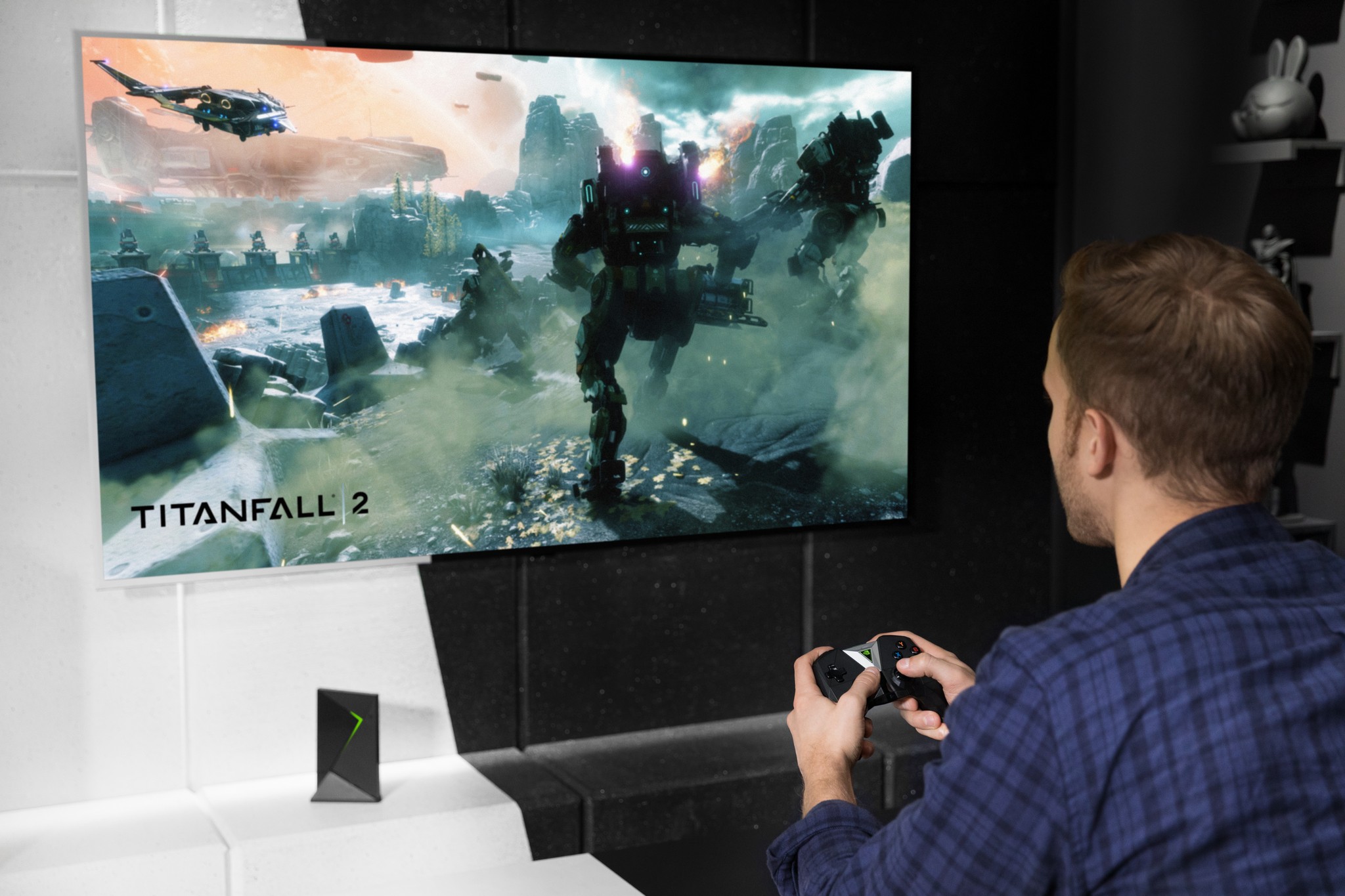
The other, and far more relevant option, is “GameStream”, an NVIDIA spin on technology that streams your local PC’s screen to your TV. Supporting 4K, providing you’ve got a GPU in your PC that can render it, GameStream will sync your installed games onto your TV so that they can be launched remotely and then streamed to your lounge room. It also supports Steam meaning you can launch Steam on your PC and have it appear in “Big screen mode” for easy navigation and launching of your Steam library. This was much more of a success for me. Yes, over Wi-Fi there was some lag and compression artefacts appearing in the graphics but once I used the system hard wired with ethernet it was no different to sitting in front of my PC’s monitor.
Game streaming, and the ability to play games for that matter, isn’t going to be the main selling point for the Shield for most. Nor should it. NVIDIA’s Shield TV is the most competent all in one streaming solution I’ve used. It’s so good I’ve all but stopped using my Apple TV now. Short on HDMI ports it sits disconnected, now relegated to being plugged in only when necessary. Ouch.
Available now the base NVIDIA Shield TV bundle, which includes the unit and remote starts at A$249.95. A second version that includes the base and NVIDIA’s game controller is also available for A$329.95.
[P_REVIEW post_id=7637 visual=’full’]